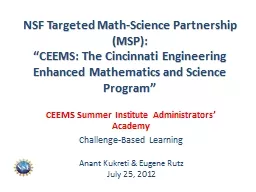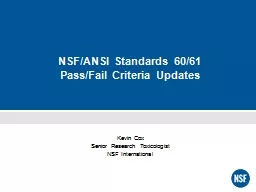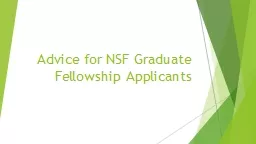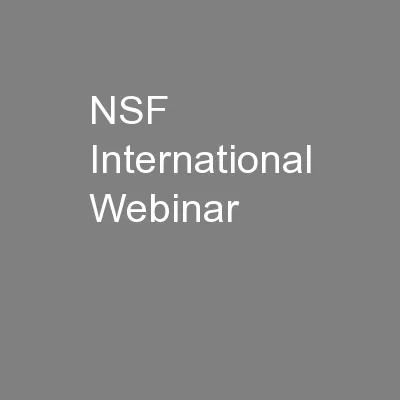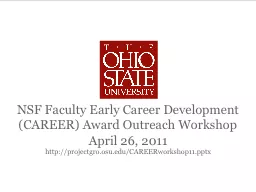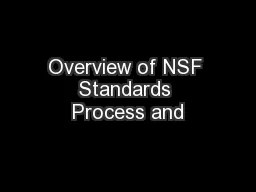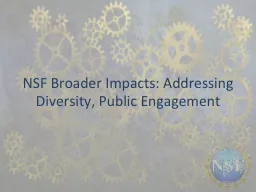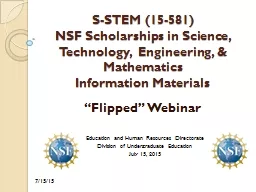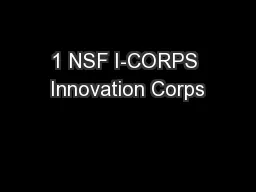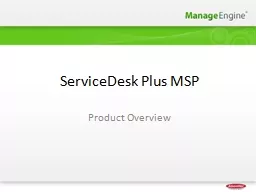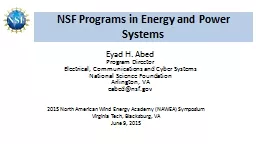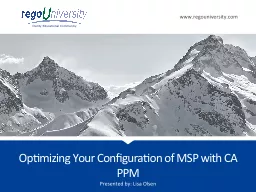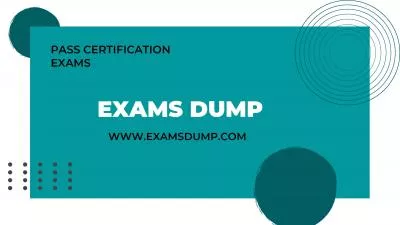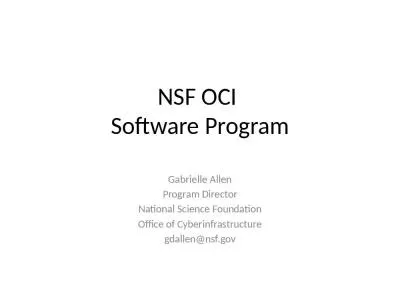PPT-NSF Targeted Math-Science Partnership (MSP):
Author : briana-ranney | Published Date : 2020-04-05
CEEMS The Cincinnati Engineering Enhanced Mathematics and Science Program CEEMS Summer Institute Administrators Academy ChallengeBased Learning Anant Kukreti amp
Presentation Embed Code
Download Presentation
Download Presentation The PPT/PDF document " NSF Targeted Math-Science Partnership (..." is the property of its rightful owner. Permission is granted to download and print the materials on this website for personal, non-commercial use only, and to display it on your personal computer provided you do not modify the materials and that you retain all copyright notices contained in the materials. By downloading content from our website, you accept the terms of this agreement.
NSF Targeted Math-Science Partnership (MSP): : Transcript
Download Rules Of Document
" NSF Targeted Math-Science Partnership (MSP): "The content belongs to its owner. You may download and print it for personal use, without modification, and keep all copyright notices. By downloading, you agree to these terms.
Related Documents

